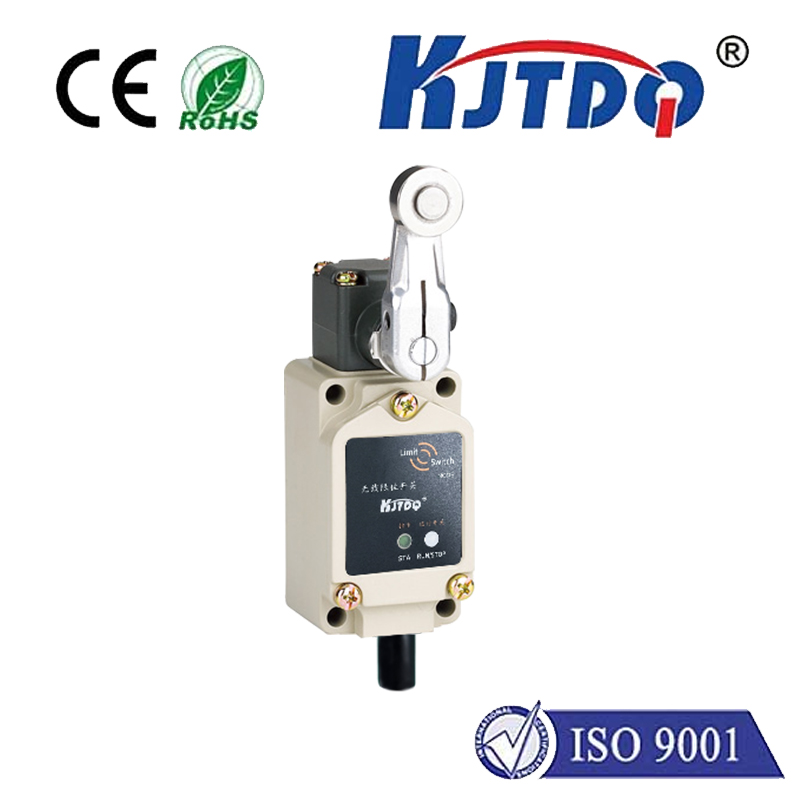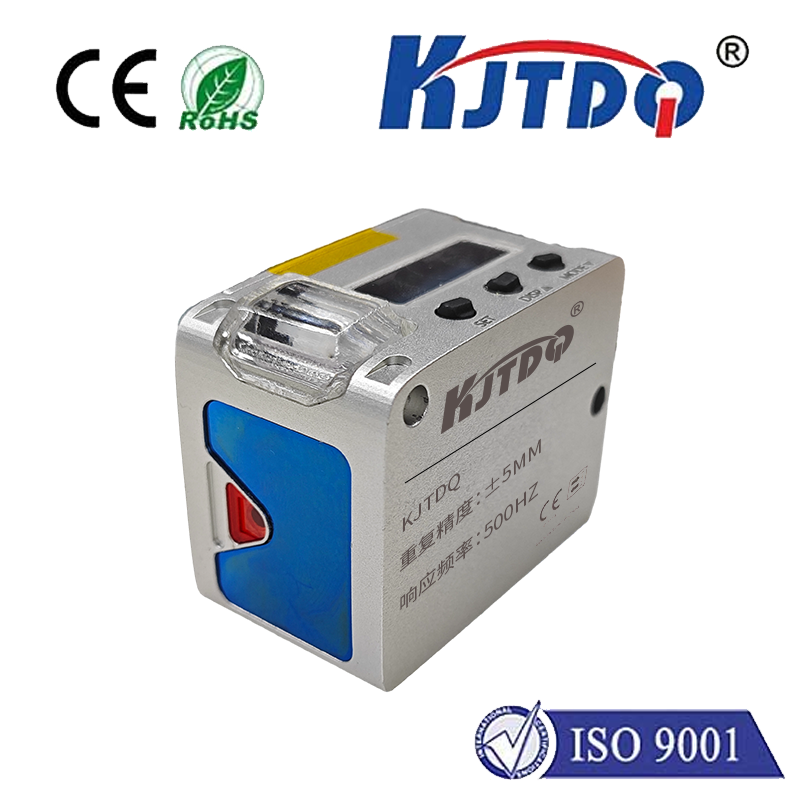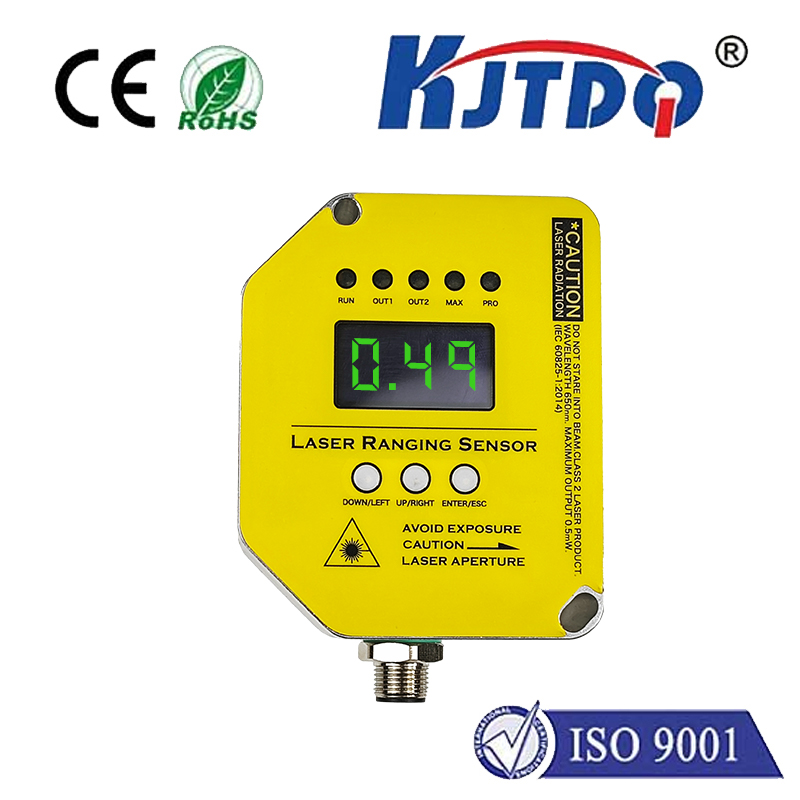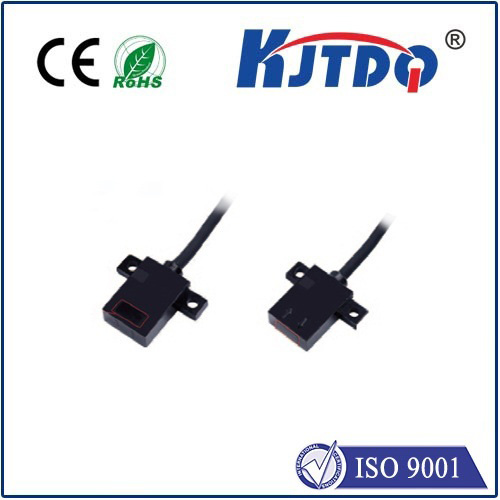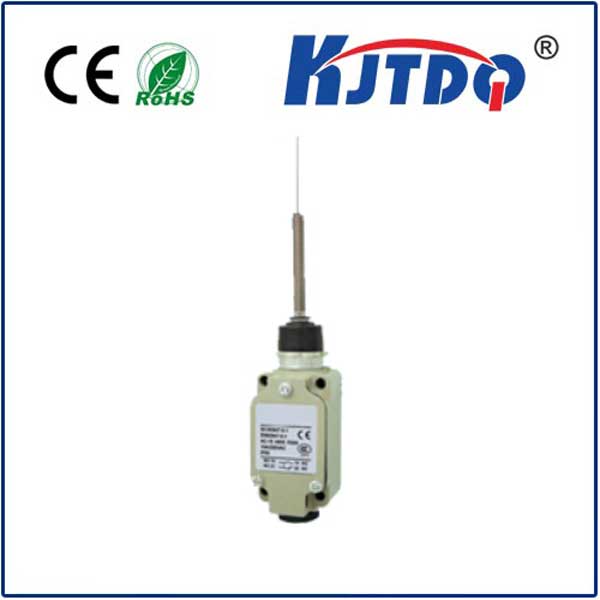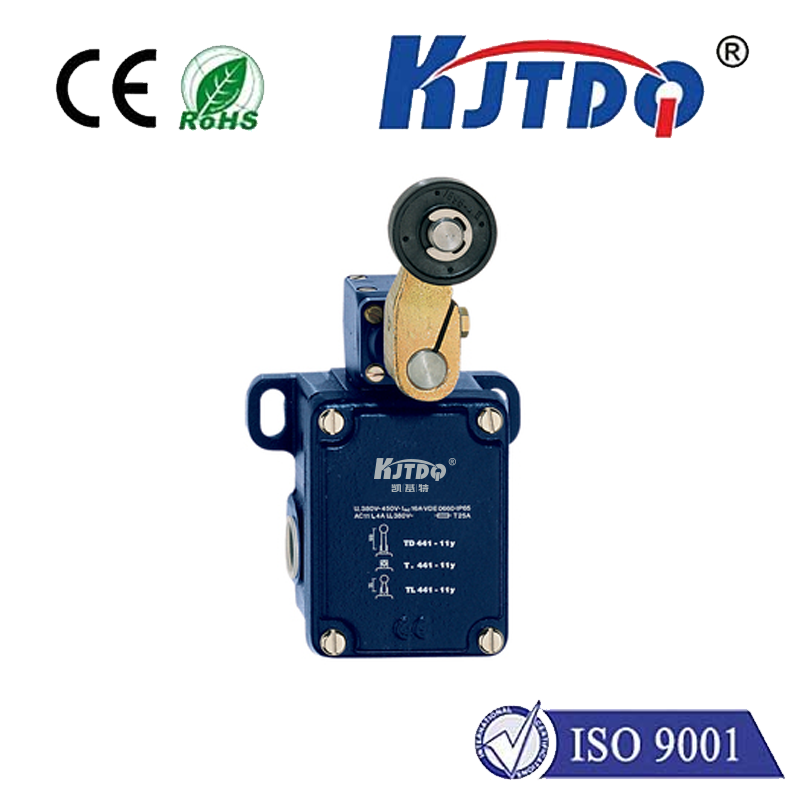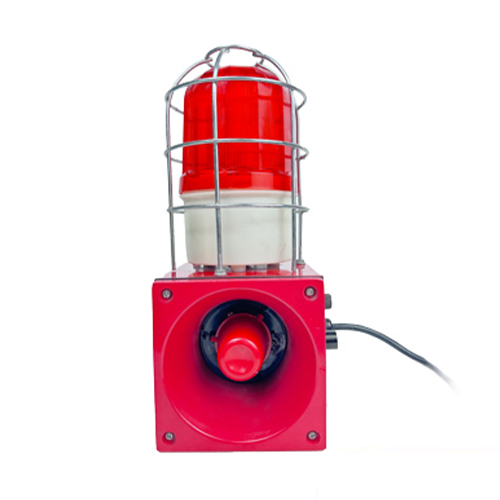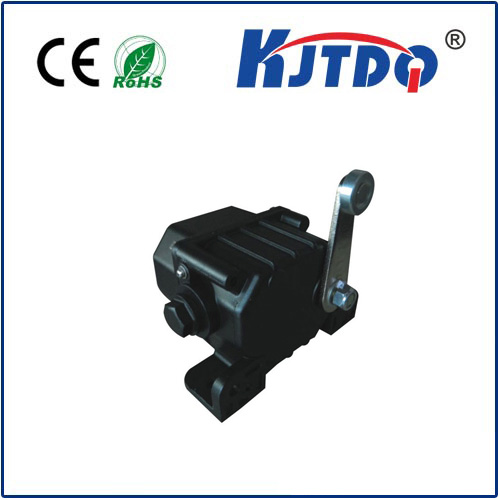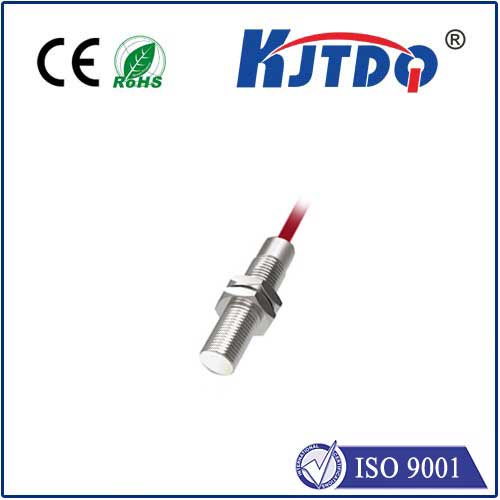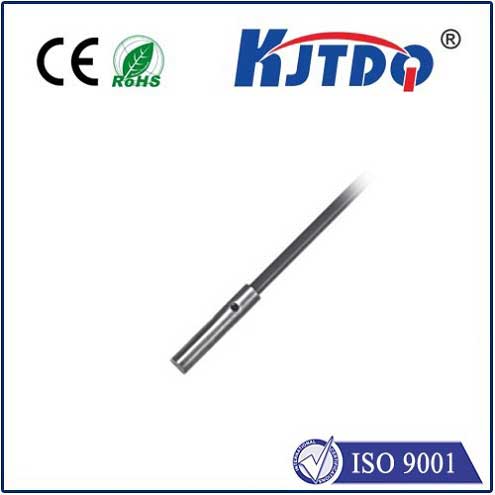BES033H proximity sensor
- time:2025-10-16 15:18:07
- Click:0
Unlock Efficiency with the BES033H Proximity Sensor: Your Ultimate Guide
Imagine a world where machines operate flawlessly, detecting objects without contact, immune to grime and vibration. This isn’t science fiction; it’s the everyday reality enabled by reliable sensors like the BES033H proximity sensor. This compact powerhouse sits at the heart of countless automated systems, silently ensuring precision, safety, and efficiency. Whether you’re an engineer designing a new production line, a technician maintaining complex machinery, or simply curious about the invisible technology driving modern industry, understanding the BES033H unlocks a world of operational potential.
What Exactly is the BES033H Proximity Sensor?
At its core, the BES033H is an inductive proximity sensor. This means it detects metallic objects (primarily ferrous metals like iron and steel) without any physical contact. It achieves this through an electromagnetic principle. Inside the sensor, an oscillator generates a high-frequency electromagnetic field emanating from the active face. When a metal target enters this sensing field, it induces eddy currents within the target, causing energy loss within the oscillator circuit. The sensor’s internal circuitry detects this energy shift, triggering a solid-state electronic switch (PNP or NPN transistor output, depending on model variant). This switch signal tells the connected control system (like a programmable logic controller - PLC) that an object is present. The beauty lies in its non-contact nature – no wear and tear, no mechanical stress, just clean, reliable detection.

Key Features that Define the BES033H
The enduring popularity of the BES033H proximity switch stems from a compelling set of features designed for demanding industrial environments:
- Robust Construction & Protection: Engineered for durability, many versions boast an IP67 rating. This signifies excellent protection against ingress of dust and temporary immersion in water, making it suitable for harsh conditions like washdown areas or outdoor applications.
- Compact Form Factor (M18x1): The standard M18 threaded barrel design makes the BES033H incredibly versatile. This size is widely compatible with mounting brackets and fixtures found across numerous industries, simplifying installation and replacement.
- Reliable Sensing Range: Typically offering a nominal sensing distance of 5mm or 8mm (depending on the specific variant – e.g., BES033H-POC16B-S04G for 4mm or BES033H-PSC16B-S04G for 8mm), it provides sufficient detection capability for common positioning and presence verification tasks. Always verify the exact sensing range specified for your specific model code.
- Voltage Flexibility: Designed to integrate seamlessly into diverse control systems, the BES033H commonly operates on a 10-30V DC supply range. This covers the standard DC voltage levels found in most factories and automation setups.
- Solid-State Reliability: Utilizing transistor outputs (PNP normally open or NPN normally open configurations are typical) ensures millions of switching cycles without mechanical failure, a significant advantage over mechanical limit switches.
- Shielded Design: The shielded (flush-mountable) construction is crucial. Unlike unshielded sensors, the BES033H can be mounted flush in metal without losing significant sensing range or causing mutual interference when installed side-by-side. This is vital for compact machine designs.
- LED Status Indicator: A built-in LED provides immediate visual feedback on the sensor’s operating state (power on and detection status), simplifying commissioning, troubleshooting, and maintenance.
Where the BES033H Proximity Sensor Excels: Diverse Applications
The combination of reliability, robustness, and standardized features positions the BES033H M18 sensor as a workhorse in numerous sectors:
- Factory Automation & Assembly Lines: Detecting the presence/absence of parts on conveyors, verifying cylinder positions, counting products, controlling robotic arm travel limits, and monitoring pallet positions. Its robustness ensures uptime.
- Packaging Machinery: Confirming correct placement of bottles, cans, or cartons; detecting lids or caps; monitoring film feed; triggering filling sequences. The IP67 rating handles spills and cleaning.
- Material Handling: Verifying pallet presence on lifts or AGVs (Automated Guided Vehicles), detecting trolley positions, monitoring conveyor belt jams. Non-contact detection prevents damage.
- Automotive Manufacturing: Precise positioning of components during welding or assembly, detecting engine blocks or chassis on transfer lines, monitoring tool positions. The shielded design allows dense mounting.
- Machine Tools: Tool breakage detection, monitoring spindle positions, verifying workpiece clamping, controlling coolant flow presence. Vibration resistance is critical here.
- Food & Beverage Processing: Detecting metal containers or lids on filling lines, verifying valve positions. Suitable versions with appropriate material certifications are essential. IP67 aids hygiene.
- Building Automation: Monitoring door/gate positions, detecting elevator car levels, controlling parking systems. Voltage compatibility simplifies integration.
Selecting and Integrating Your BES033H Sensor
Choosing the right BES033H proximity sensor requires attention to detail:
- Specific Model Code: The “BES033H” is a series identifier. The full model code is essential and details critical specs: sensing distance (e.g., S04 for 4mm nominal, S08 for 8mm nominal), output type (e.g., PNP NO - Positive switching Normally Open), connection type (e.g., cable or connector style), and sometimes specific certifications. Never order based solely on “BES033H”.
- Output Configuration: Ensure compatibility with your PLC or controller input card. Does it require a PNP (sourcing) or NPN (sinking) output signal? The standard is often PNP NO.
- Sensing Distance: Choose the nominal range appropriate for your application (e.g., 4mm, 5mm, 8mm). Remember the effective sensing distance (Sn) is typically 70-80% of the nominal range and varies slightly with target material and size. Factor in installation tolerances.
- Environmental Conditions: Confirm the IP rating meets the actual environmental challenges (dust, moisture, temperature). While IP67 is common, specific variants might offer higher protection or different temperature ranges.
- Hysteresis: All proximity sensors have a built-in difference between the switch-on and switch-off points. This prevents rapid toggling if a target is hovering right at the sensing boundary. Understand this characteristic for precise positioning needs.
- Mounting: Utilize the M18x1 thread. Ensure adequate clearance behind the sensor for the connector or cable. Flush-mounting capability (shielded) offers flexibility in metal machine frames. Avoid mounting multiple unshielded sensors extremely close together to prevent interference.
Maximizing Performance: Installation & Maintenance Tips
- Secure Mounting: Tighten the sensor properly using the flats on the barrel to prevent loosening due to vibration. Avoid overtightening.
- Target Considerations: The sensor is optimized for ferrous steel. Detection distance reduces for non-ferrous metals like aluminum or brass. Ensure the target is at least the size of the sensor’s sensing face for reliable detection. Small targets may require closer proximity.
- Wiring: Follow the manufacturer’s wiring diagram meticulously. Incorrect wiring can damage the sensor. Use shielded cable and proper grounding practices in electrically noisy environments for optimal signal integrity.
- **Avoid Physical Damage






